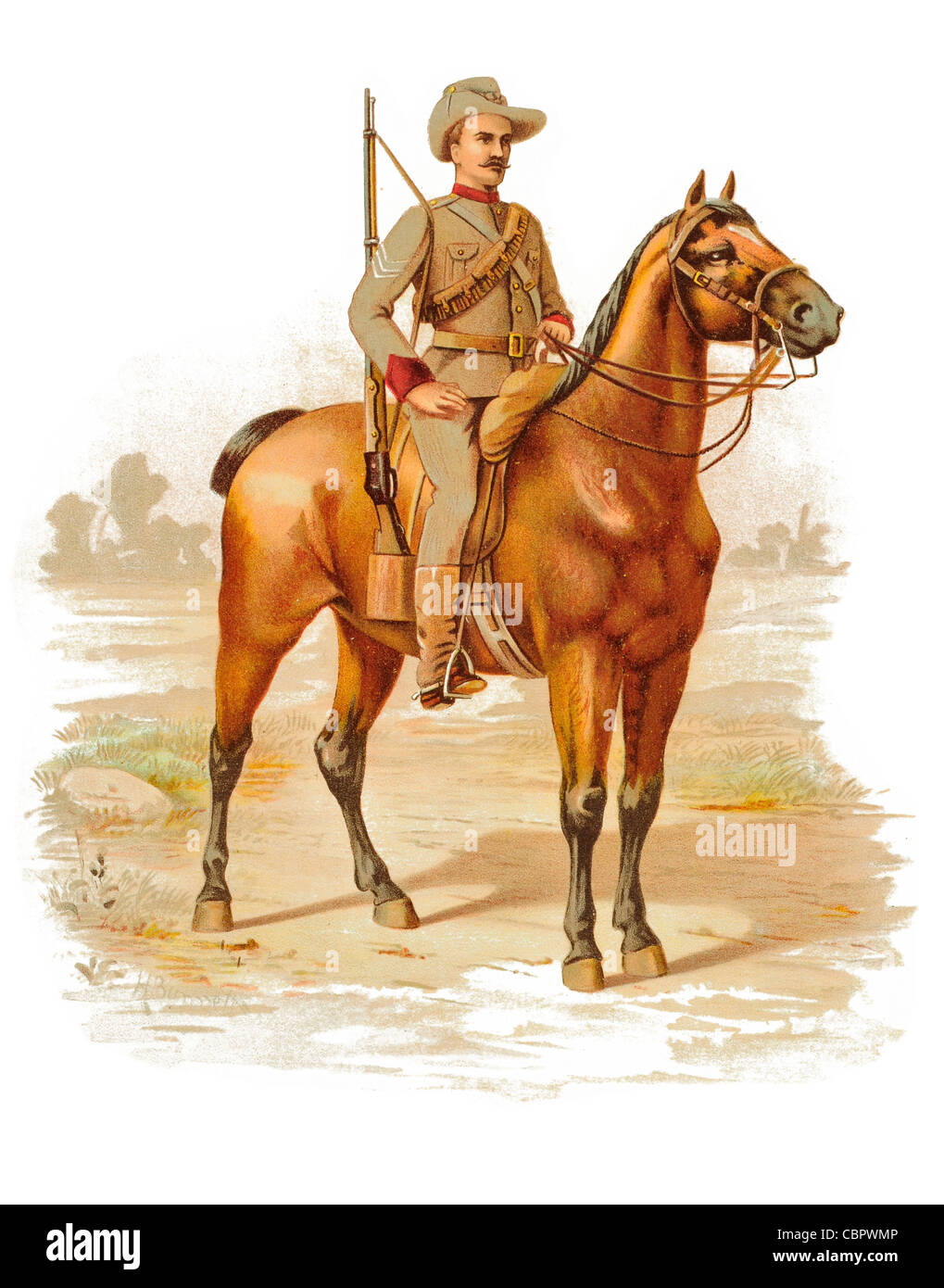Victorian mounted Rifles Australian forces Second Boer War Colonel Tom Price cavalry mounted

Image details
Contributor:
SOTK2011 / Alamy Stock PhotoImage ID:
CBPWMPFile size:
29 MB (1.2 MB Compressed download)Releases:
Model - no | Property - noDo I need a release?Dimensions:
2820 x 3595 px | 23.9 x 30.4 cm | 9.4 x 12 inches | 300dpiDate taken:
2011More information:
The British Indian Army, officially simply the Indian Army, was the principal army of the British Raj in India before the partition of India in 1947. The Indian Army was an important part of the British Empire's forces, both in India and abroad, particularly during the First and Second World Wars. It was responsible for the defence of both directly governed British India and the Princely States (which could also have their own armies). The first army officially called the "Indian Army" was raised by the government of India in 1895, existing alongside the three long-established presidency armies (the Bengal Army, the Madras Army and the Bombay Army) of the Presidencies of British India. However, in 1903 the Indian Army absorbed these three armies. The term "Indian Army" was also sometimes used informaally as a collective description of the former Presidency armies, particularly after the Indian Mutiny. The Indian Army should not be confused with the "Army of India" (1903–1947) which was the Indian Army itself plus the "British Army in India" (British units sent to India). The Presidency armies were abolished with effect from 1 April 1895 by a notification of the Government of India through Army Department Order Number 981 dated 26 October 1894, unifying the three Presidency armies into a single Indian Army. The armies were amalgamated into four commands, Northern, Southern, Eastern, and Western. In addition to the commands, eight divisions were formed in 1903: the 1st (Peshawar) Division, the 2nd (Rawalpindi) Division, the 3rd (Lahore) Division, the 4th (Quetta) Division, the 5th (Mhow) Division, the 6th (Poona) Division, the 7th (Meerut) Division, and the 8th Lucknow Division, in addition to a number of cavalry brigades. The Indian Army, like the Presidency armies, continued to provide armed support to the civil authorities, both in combating banditry and in case of riots and rebellion.